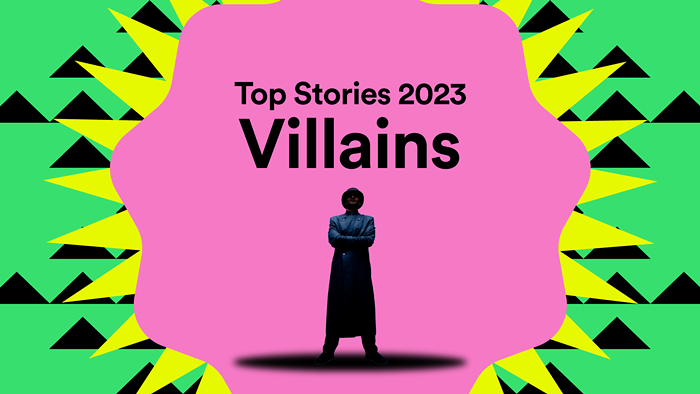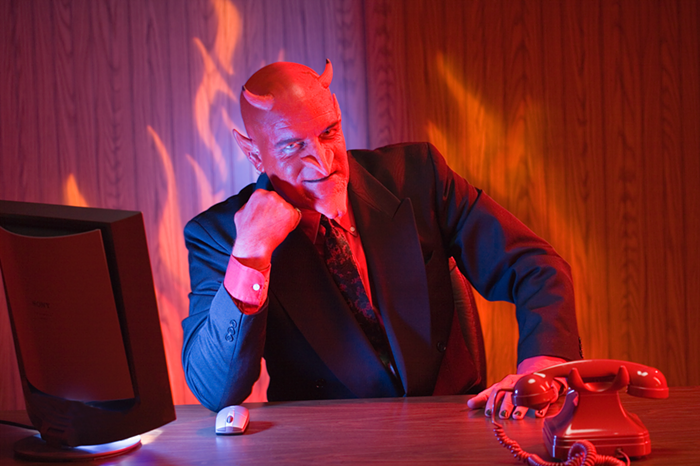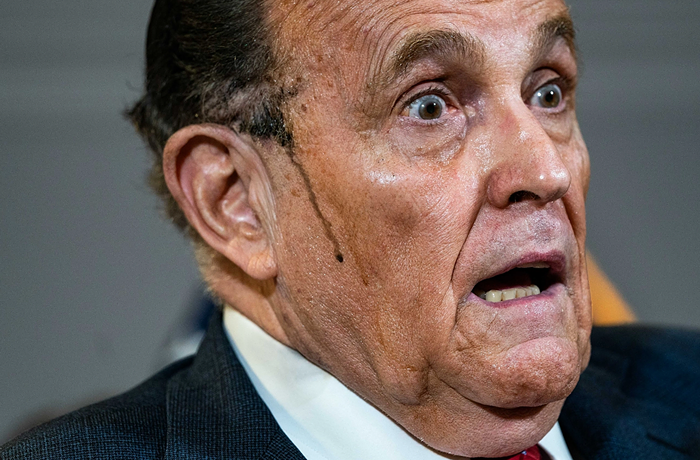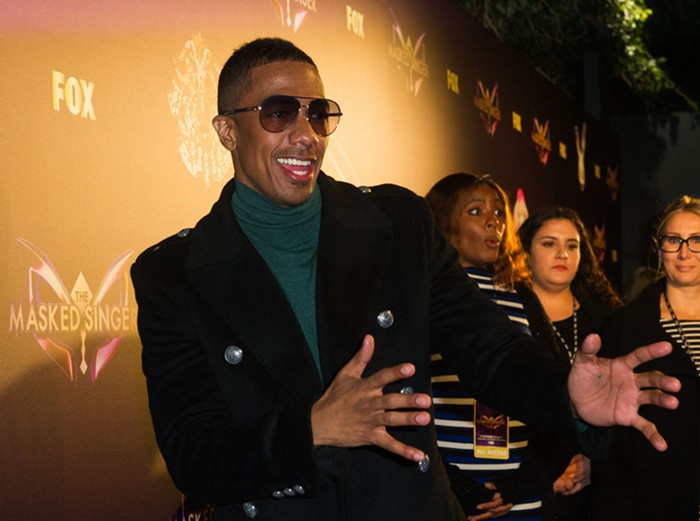"I DON'T REALLY CARE about plot very much," said Midnight Special director Jeff Nichols in a recent interview with the Verge. "I think plot is very overrated."
It's a relief to hear a major director utter these words, especially when overly plotted messes like Batman v Superman loom over the landscape of mainstream film. Nichols would find much to appreciate in the work of maverick director Seijun Suzuki: Emphasizing visual style and mood, Suzuki dispenses with the expected formalities of film grammar and tosses narrative along the wayside whenever he sees fit, jettisoning continuity, character, and genre conventions with it. A touring collection of Suzuki's work passes through the NW Film Center for the month of April, and the bracing, elusive films bleed with the Japanese director's strikingly surreal style.
Suzuki's earliest films were his most conventional. 1963's Youth of the Beast is a perfect encapsulation, a yakuza crime picture that uses both black-and-white and color photography, wallowing in the artifice of filmed reality via the vivacity of 1960s pop-art tropes. With 1966's Tokyo Drifter and 1967's Branded to Kill, Suzuki grew even more iconoclastic, making a pair of flat-out gorgeous films that parody film noir stereotypes and defy plot logic. His studio, Nikkatsu, fired Suzuki after he turned in Branded to Kill, calling it incomprehensible—and transforming him into a cult figure in the process.
A decade of being blacklisted refined Suzuki's skewed worldview. His late-period Taisho Roman Trilogy contains relatively polite period pictures instead of the action-packed yakuza movies that came before. 1980's Zigeunerweisen is soft, poetic, slow, and sorrowful, even as its story is almost impossible to follow in any traditional sense. Suzuki's more interested in mood, sensation, and imagery, and his unyielding filmic philosophy will confound some viewers, even as this impressive series dazzles others.


















